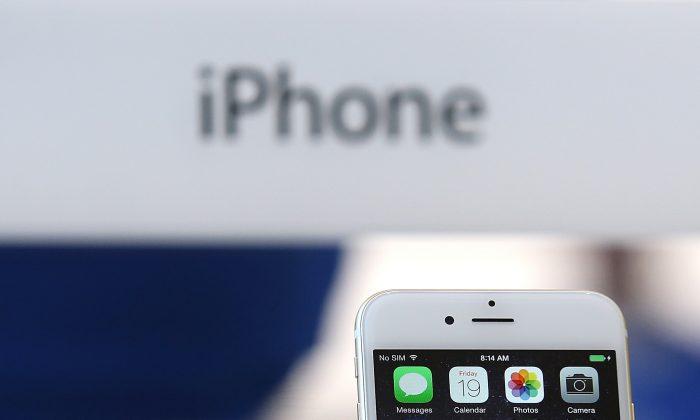No Windows 9 for us! Microsoft didn’t follow the chronological number-OS labelling, so here comes Windows 10. “It represents the first step of a whole new generation of Windows, unlocking new experiences to give customers new ways to work, play and connect,” says Terry Myerson, Microsoft’s Executive VP on Operating Systems.
Apparently, we could only get a sneak peek of the core features for business users while the “consumer” features are set to roll out earlier next year.
Getting Your Hands on the Windows Technical Preview

Just like what they did with Windows 7, the Technical Preview of Windows 10 is available for the public to download and test. The only requirement is for you to join the Windows Technical Preview program. In addition, you must:
- Have a spare desktop/laptop to download the evaluation copy on and check the system requirements.
- Create a backup of files and OS if you wish to go back to Windows Vista, Windows 7 or Windows 8.
- Have intermediate to advanced Windows proficiency because you’re going to install it yourself.
- Not forget the product key; you'll find it on the program page once you download the OS version compatible with your system.
- Not mind the updates you will receive eventually – since this is an open collaboration, you’re welcome to send feedback for improvement.
- Expect system hiccups and bugs.
Other things to keep in mind can be found in the official Preview Program page.
Installation
The easiest way to test Windows 10 is to install it in a virtual machine.
What’s new in Windows 10?
Improved and Expanded Start Menu

The Start Menu is back, and it comes with customisable features for users. Pin and unpin your favorite live tiles, websites, and programs. It has a a resize option, allowing you to adjust it vertically or horizontally for more space. The Search bar is visible and the “All Apps” menu can be expanded to see the list of programs and folders.
Run Store apps and Desktop apps simultaneously

Another new and improved feature in the Windows 10 environment is that you can run both native and desktop apps. In Windows 8, launching a native app is done in a separate Metro UI, while you need to switch between desktop and native apps in a different environment.
With Windows 10 you open the store apps like desktop apps and run them in the Windows UI simultaneously – you may drag, resize, close, minimise and maximise.
Task View Button

![]() There’s this small button beside the Start Menu dubbed the “Task View” button that allows you to view all the open apps in just a click. Switch between apps and see the current snapshots of what you’re working on in small screens and also add a desktop with one click.
There’s this small button beside the Start Menu dubbed the “Task View” button that allows you to view all the open apps in just a click. Switch between apps and see the current snapshots of what you’re working on in small screens and also add a desktop with one click.
Multitasking with Enhanced Snap View

In Windows 8, enabling the snap view involves some steps, and it’s limited to two apps. In Windows 10, you can maximise the Snap view feature in the desktop regardless of the type of app, whether it’s a store app or desktop app. The transition is smooth and simple: just drag the window to the side, and you'll see a divider at the center.
Snap Assist

![]() In connection with Snap View, Microsoft demoed this rudimentary feature for Snap Assist in multitasking that snaps windows when using multiple programs – you may activate and resize the tiles as you wish. However, I don’t find this attractive to small screen displays. While on a Snap View, drag another window and include it on the screen for viewing.
In connection with Snap View, Microsoft demoed this rudimentary feature for Snap Assist in multitasking that snaps windows when using multiple programs – you may activate and resize the tiles as you wish. However, I don’t find this attractive to small screen displays. While on a Snap View, drag another window and include it on the screen for viewing.
Quick Alt-Tab for Keyboard Task Switching

With a keyboard shortcut, “Alt + Tab” provides a smooth transition when switching into multiple programs and desktops.
Command Prompt keyboard-friendly

In Windows 10, you can hit “Ctrl + C”, “Ctl + V”, Alt and Shift keys and use other keyboard functions naturally like the way you use them in Win-32 apps and other programs.
* Continuum for Windows (2-in-1 devices)

While this feature is yet to be released for a real machine demo, Joe Belfiore showed a design motion study of “Continuum” where Windows 10 intuitively morphs into a tablet UI when a device changes its hardware settings (e.g. a detachable keyboard of HP Spectre from a desktop environment turned into a tablet UI when the user detaches the keyboard and the app is maximised, plus the back arrow is seen beside the Start Menu for quick task switching).Store apps will intuitively work on the familiar UI.
Conclusion
The early build comes with caveats like bugs and system hiccups. So expect instability and errors if you want to install it on your workstation.
Microsoft’s new approach – mobile-first and cloud-first – is obviously amplified in this upcoming operating system. Windows 10 has a combination of Windows 7 and 8 features; it’s quite complex because of the wide range of users and devices – from novices to experts, from smartphones to desktops – that the software giant is trying to reach for a better experience.
Republished with permission from MakeTechEasier. Read the original.




